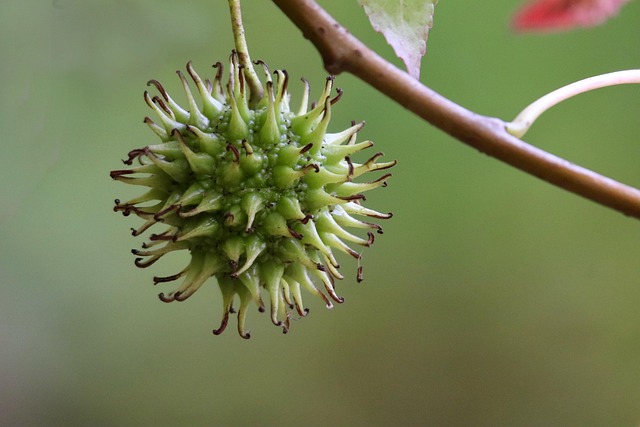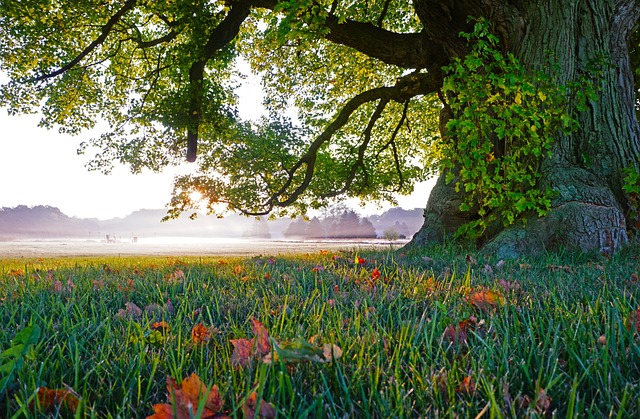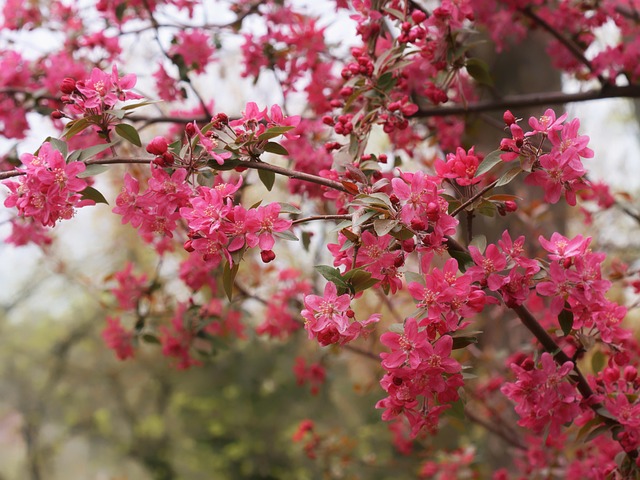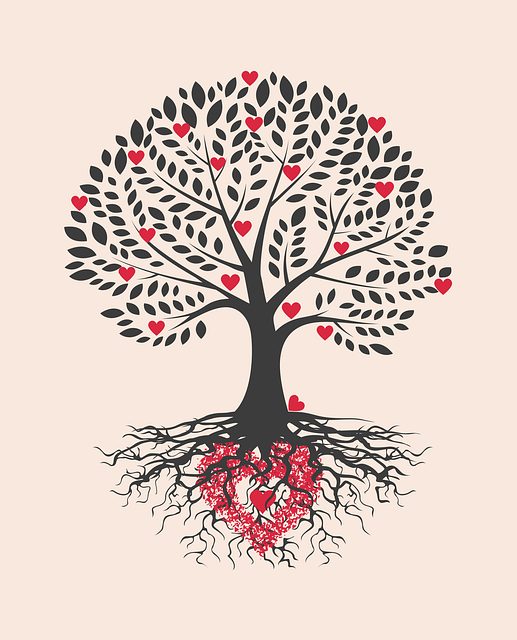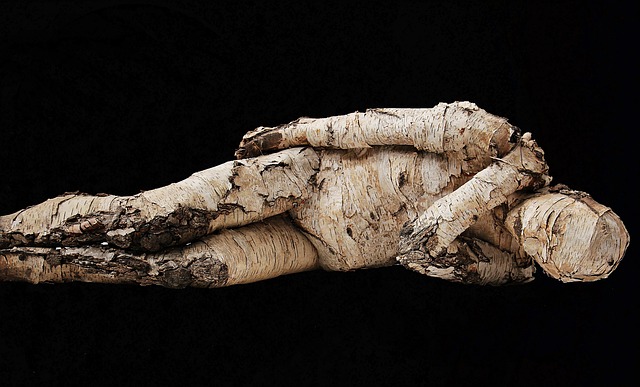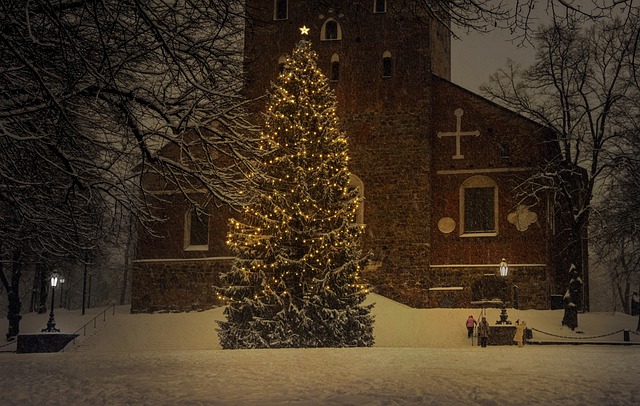In storm-prone Plano, TX, a certified arborist is vital for tree health and safety assessments. They identify structural weaknesses, guide recovery efforts, and develop long-term care strategies. After storms, arborists assess tree damage, prioritize stabilization, and offer pruning, hydration, and management advice. Their expertise ensures tree longevity, enhances landscape beauty, and prioritizes community safety through strategic restoration methods. Key services include inspection, guidance, and proactive care from Plano TX arborists.
In the aftermath of a storm, Plano TX residents often turn to arborists for expert guidance on damaged trees. This article explores the crucial role of a Plano TX arborist in assessing and mitigating storm damage. From initial assessments and identifying safe zones for recovery to emergency pruning, post-storm care, and long-term restoration strategies, learn how these professionals nurture tree health and ensure safety. Trusting a qualified Plano TX arborist is essential for navigating the complexities of storm-damaged trees.
- Storm Damage Assessment: Plano TX Arborist's Role
- Identifying Safe Zones for Tree Recovery
- Structural Integrity: Evaluating Tree Damage
- Emergency Pruning: Stabilizing Storm-Damaged Trees
- Post-Storm Care: Nurturing Tree Health
- Long-Term Planning: Tree Restoration Strategies
Storm Damage Assessment: Plano TX Arborist's Role

When a storm strikes Plano, TX, one of the first assessments needed is the health and safety of trees on residential and commercial properties. A Plano TX arborist plays a crucial role in storm damage assessment due to their expertise in tree care and structural integrity. They are trained to navigate the intricate labyrinth of potential hazards, from broken branches that could cause property damage to uprooted trees that pose serious risks to people and structures.
Using their keen eye for detail, arborists thoroughly inspect trees for signs of stress or weakness, such as snapped limbs, cracked trunks, or root systems exposed by erosion. They also consider the overall condition of the tree and its ability to withstand future storms. This assessment not only helps in determining which trees require immediate attention but also provides valuable insights into long-term tree care and maintenance plans for Plano property owners.
Identifying Safe Zones for Tree Recovery
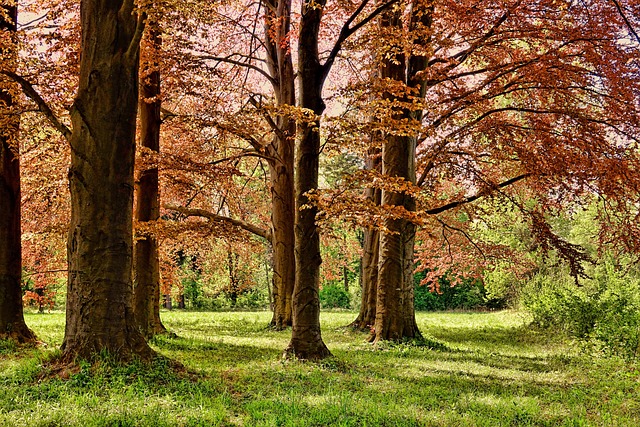
After a storm, assessing your Plano TX arborist’s safe zones for tree recovery is crucial. The first step involves evaluating each tree’s health and structural integrity. An experienced arborist will inspect for broken branches, roots exposed by erosion, or trunk damage. Trees that show signs of life, with intact leaves and flexible branches, often have better chances of recovery. These trees can be pruned to remove damaged parts, promoting new growth and healing.
Identifying areas with well-draining soil and adequate sunlight is essential for tree recovery. Protection from further storms or extreme weather conditions is also vital. An arborist can help create a recovery plan tailored to each tree’s needs, ensuring they receive the best care possible. This may include deep watering, mulching, and structural support to stabilize the tree until it regrows and strengthens.
Structural Integrity: Evaluating Tree Damage

When a storm hits Plano, TX, one of the first considerations for homeowners and property managers is the structural integrity of trees on their property. A Plano TX arborist plays a critical role in evaluating tree damage post-storm. They are trained to assess the stability and potential hazards posed by fallen branches or uprooting.
An arborist will inspect the tree’s trunk, roots, and branches for signs of weakness, cracks, or breaks. They consider the overall shape and structure of the tree, identifying any leaning or twisting that could indicate instability. This thorough evaluation helps determine if a tree is safe to remain in place or requires pruning, bracing, or removal to ensure the safety of people and property nearby.
Emergency Pruning: Stabilizing Storm-Damaged Trees
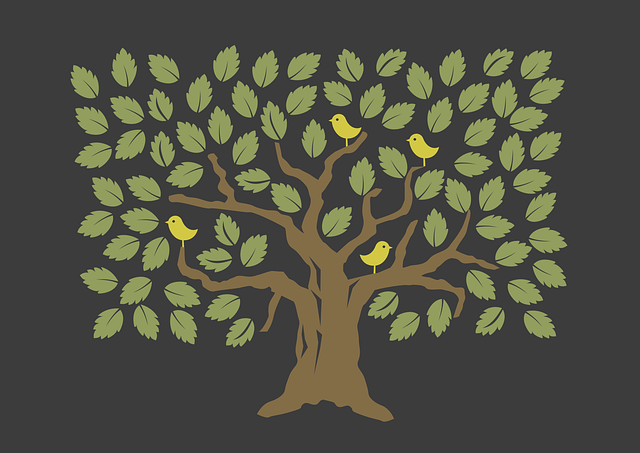
When a storm hits Plano, TX, and its surroundings, trees often sustain significant damage, requiring immediate attention from a qualified arborist in Plano TX. Emergency pruning is a critical service that focuses on stabilizing storm-damaged trees to prevent further harm or risk to property and people. This involves carefully assessing the tree’s structural integrity and then removing any dead, diseased, or dangerously hanging branches.
A skilled arborist understands that emergency pruning isn’t just about aesthetics; it’s about ensuring public safety and preserving the tree’s life. Proper pruning techniques are essential to prevent additional damage during and after a storm, as haphazard cutting can lead to weakened structures. Prompt action by a Plano TX arborist can save valuable trees and mitigate potential hazards, offering peace of mind for property owners in the wake of a severe weather event.
Post-Storm Care: Nurturing Tree Health
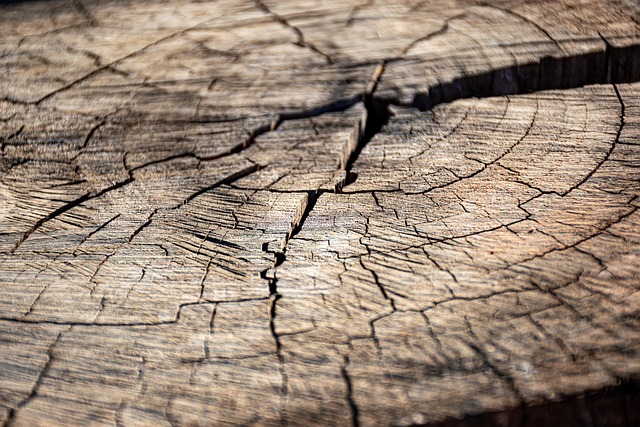
After a storm, many homeowners in Plano TX find themselves with damaged trees and a sense of uncertainty about their care. A Plano TX arborist is an invaluable resource during this time. They can assess the health of your trees and provide essential post-storm care. This includes pruning any broken or dangling branches to prevent further damage and disease, as well as deep root watering to help the tree recover.
Proper post-storm care is crucial for maintaining the overall health and longevity of your trees. An arborist can offer guidance on fertilization, pest management, and other treatments to ensure your trees thrive despite the storm’s impact. By prioritizing their care, you protect these valuable assets and contribute to a beautiful, safe, and healthy landscape in Plano TX.
Long-Term Planning: Tree Restoration Strategies
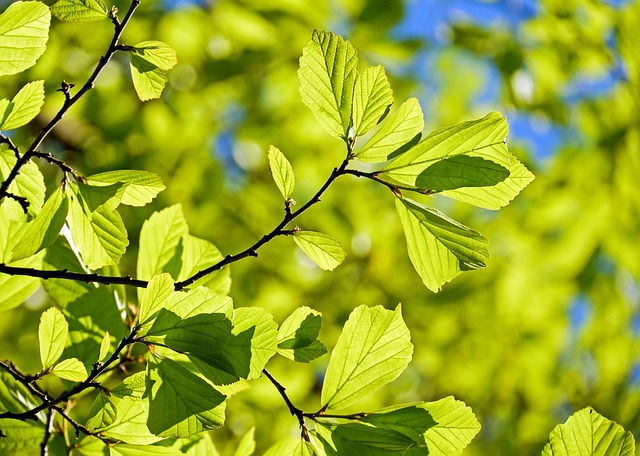
When a storm damages trees in your Plano TX yard, it’s crucial to have a long-term planning strategy for tree restoration. A Plano TX arborist can play a vital role here by assessing the damage and providing expert advice on the best course of action. They’ll consider factors like species adaptability, soil conditions, and structural integrity, suggesting methods that range from pruning and trimming to controlled harvesting.
The ultimate goal is to promote healthy growth and longevity, ensuring your trees not only recover but thrive. An arborist can implement various strategies, such as targeted fertilization, pest management programs, and selective replacement of lost trees with species suitable for Plano’s specific climate and soil conditions. This proactive approach doesn’t just restore aesthetics; it strengthens the urban canopy, enhancing the overall health and beauty of your community.
When storm damage strikes, a Plano TX arborist plays a pivotal role in assessing and mitigating the impact on local trees. From initial storm damage assessment to long-term restoration strategies, these professionals guide property owners through every step of the recovery process. By identifying safe zones for tree recovery, evaluating structural integrity, performing emergency pruning, and providing post-storm care, they ensure the health and longevity of Plano’s urban forest. With their expertise, homeowners can make informed decisions and plan for the future, fostering a vibrant and resilient outdoor environment.
